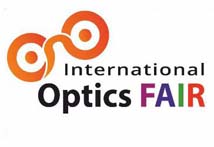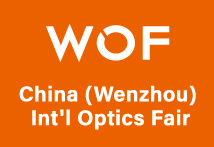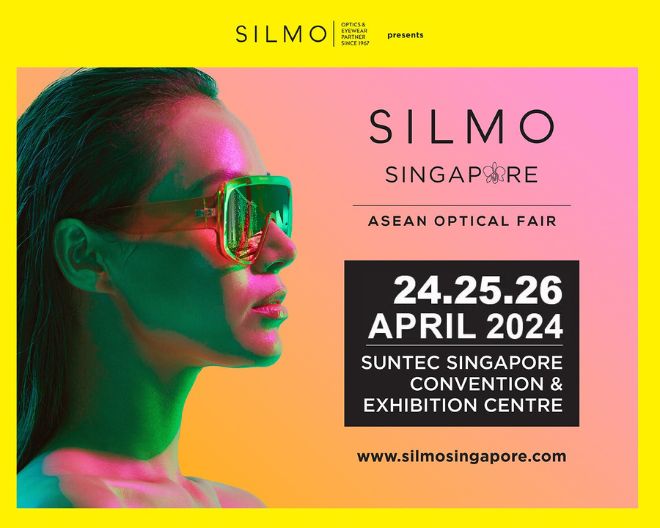Modern Approach to the Treatment Of Dry eye
_(1)1.jpg)
Dry Eye Disease-Dry eye disease is a multifactorial disease of the ocular surface characterized by a loss of homeostasis of the tear film, and accompanied by ocular symptoms, in which tear film instability and hyperosmolarity, ocular surface inflammation and damage, and neurosensory abnormalities play etiological roles
.png) |
Prevalence of Dry Eye
Dry eye disease (DED) is quite prevalent in India, with studies indicating varying rates depending on the region and demographics.For instance, a study conducted in Western India found that 34.26% of the patients examined had dry eye disease.The prevalence tends to be higher among elderly females and those exposed to factors like extreme weather conditions, prolonged digital screen usage, and certain systemic diseases.
Causes of Dry Eye
Aging: Tear production tends to decrease as we age, making dry eye more common in people over 50
Gender: Women, especially those going through hormonal changes like menopause, are more prone to dry eye
Environmental Factors: Exposure to wind, smoke, dry air, and prolonged screen time can increase tear evaporation
Medications: Certain medications, such as antihistamines, antidepressants, and diuretics, can reduce tear production
Medical Conditions: Diseases like Sjögren's syndrome, rheumatoid arthritis, diabetes, and thyroid disorders can affect tear production
Contact Lenses: Wearing contact lenses, especially for extended periods, can exacerbate dryness
Eye Surgery: Procedures like LASIK can temporarily or permanently affect tear secretion
Eyelid Problems: Conditions like Bell's palsy or ectropion can prevent proper tear distribution
Allergies and Irritants: Pollen, chemical fumes, and other allergens can worsen dry eye symptoms
.png) |
Signs and Symtoms of Dry Eye
Dryness: A persistent dry feeling in the eyes.
Redness: Eyes may appear red and inflamed.
Itching: An irritating, itchy sensation.
Burning: A stinging or burning feeling in the eyes.
Grittiness: The sensation of having something like sand or grit in the eye.
Blurred Vision: Vision may become blurry, especially after prolonged reading or screen use.
Sensitivity to Light: Discomfort when exposed to bright lights (photophobia).
Watery Eyes: Paradoxically, dry eye can cause excessive tearing as the eyes try to compensate for the dryness.
Mucous Discharge: Stringy mucus around the eyes.
Fatigue: Eyes may feel tired and heavy.
Discomfort with Contact Lenses: Difficulty wearing contact lenses due to dryness.
.png) |
Investigation in Dry Eye
- Ocular Surface Disease Index (OSDI): Assesses the frequency of symptoms, environmental triggers, and quality of life related to vision
- Dry Eye Questionnaire (DEQ-5): Provides information about the frequency, intensity, and impact of common visual disturbances
- Symptom Assessment in Dry Eye (SANDE): Evaluates the severity and impact of dry eye symptoms
Clinical Tests
- Tear Break-Up Time (TBUT): Measures the stability of the tear film using fluorescein dye
- Schirmer's Test: Measures tear production by placing a strip of filte paper at the edge of the eyelid
- Ocular Surface Staining: Uses vital dyes to detect damage to the ocular surface
- Meibomian Gland Evaluation: Assesses the structure and function of the meibomian glands
- Corneal Sensitivity Testing: Measures the sensitivity of the cornea using a cotton wisp or esthesiometer
Treatment
- Artificial Tears: Over-the-counter lubricating eye drops can help relieve mild dry eye symptoms.
- Warm Compresses and Lid Hygiene: Applying warm compresses to the eyes and gently cleaning the eyelids can help open blocked oil glands.
- Humidifiers: Using a humidifier can add moisture to the air and help reduce tear evaporation.
- Hydration and Diet: Drinking plenty of water and eating a diet rich in omega-3 fatty acids can improve tear quality.
- Blinking Exercises: Taking breaks to blink fully and frequently, especially during screen time.
- Protective Eyewear: Wearing wraparound sunglasses can protect your eyes from wind and dry air.
- Lifestyle Modifications: Avoiding smoky areas, reducing screen time, and managing allergies.
.png) |
Medical Treatments:
- Prescription Eye Drops: Medications like cyclosporine (Restasis) or lifitegrast (Xiidra) can help reduce inflammation and increase tear production.
- Punctal Plugs: Small plugs inserted into the tear ducts can help retain tears on the eye's surface longer.
- Meibomian Gland Expression: A procedure performed by an eye care professional to unblock and express the oil glands.
- Autologous Serum Eye Drops: Made from your own blood, these drops can provide essential growth factors for healing.
- Low-Dose Steroid Eye Drops: To reduce inflammation if prescribed by a doctor.
- Oral Medications: Drugs like doxycycline or omega-3 supplements to improve tear production and reduce inflammation
- Specialty Contact Lenses: Scleral lenses can help protect the surface of the eye and retain moisture.
Advanced Treatments:
- Intense Pulsed Light (IPL): Used to treat meibomian gland dysfunction by reducing inflammation.
- LipiFlow®: A thermal pulsation treatment to unblock meibomian glands.
.png) |
Enviormental modification
Indoor Environment:
- Humidifiers: Use a humidifier to add moisture to the air in your home or office, especially in dry climates or during the winter when heating systems can reduce indoor humidity.
- Air Filters: Install air filters or purifiers to remove allergens and irritants that can exacerbate dry eye.
- Avoid Direct Airflow: Position fans, heaters, and air conditioning vents so they do not blow directly into your face.
- Ventilation: Ensure good ventilation in your living and working spaces to reduce exposure to irritants.
- Reduce Screen Glare: Use anti-glare screens and adjust the brightness on your digital devices to reduce eye strain.
Outdoor Environment:
- Protective Eyewear: Wear wraparound sunglasses or goggles to protect your eyes from wind, dust, and UV rays.
- Hats with Brims: Wearing a hat with a brim can help shield your eyes from the sun and wind.
- Avoid Polluted Areas: Try to avoid areas with high levels of smoke, dust, or pollution.
Lifestyle Adjustments:
- Regular Breaks: Follow the 20-20-20 rule when using digital devices: every 20 minutes, look at something 20 feet away for at least 20 seconds.
- Hydration: Drink plenty of water throughout the day to stay hydrated.
- Diet: Incorporate foods rich in omega-3 fatty acids (like fish and flaxseeds) into your diet to improve tear quality.
Complication due to Dry Eye
Corneal Ulcer: A serious infection of the cornea that can lead to vision loss if not treated promptly
Conjunctivitis: Inflammation or infection of the conjunctiva, causing redness, irritation, and discharge
Keratitis: Inflammation of the cornea, which can be caused by infection and lead to pain and vision problems
Difficulty Wearing Contact Lenses: Dry eyes can make it uncomfortable or impossible to wear contact lenses
Blurred Vision: Chronic dry eye can cause fluctuating vision, making it difficult to read or drive
Photophobia: Increased sensitivity to light, causing discomfort in bright environments
Eye Infections: Reduced tear production can lead to an increased risk of eye infections
Reduced Quality of Life: Difficulty performing daily tasks and participating in activities can impact overall well-being
References
1. Messmer EM. The pathophysiology, diagnosis, and treatment of dry eye disease. DtschArztebl Int. 2015;112(5):71–82. doi: 10.3238/arztebl.2015.0071 [DOI] [PMC free article] [PubMed] [Google Scholar]
2. Craig JP, Nichols KK, Akpek EK, et al. TFOS DEWS II definition and classification report. Ocul Surf. 2017;15(3):276–283. doi: 10.1016/j.jtos.2017.05.008 [DOI] [PubMed] [Google Scholar]
Lemp MA, Crews LA, Bron AJ, Foulks GN, Sullivan BD. Distribution of aqueous-deficient and evaporative dry eye in a clinic-based patient cohort: a retrospective study. Cornea. 2012;31(5):472–478. doi: 10.1097/ICO.0b013e318225415a [DOI] [PubMed] [Google Scholar]
Akpek EK, Amescua G, Farid M, et al. Dry eye syndrome preferred practice pattern®. Ophthalmology. 2019;126(1):P286–P334. doi: 10.1016/j.ophtha.2018.10.023 [DOI] [PubMed] [Google Scholar]
Wolffsohn JS, Arita R, Chalmers R, et al. TFOS DEWS II diagnostic methodology report. Ocul Surf. 2017;15(3):539–574. doi: 10.1016/j.jtos.2017.05.001 [DOI] [PubMed] [Google Scholar]
Tashbayev B, Yazdani M, Arita R, Fineide F, Utheim TP. Intense pulsed light treatment in meibomian gland dysfunction: a concise review. Ocul Surf. 2020;18(4):583–594. doi: 10.1016/j.jtos.2020.06.002 [DOI] [PubMed] [Google Scholar]
Green-Church KB, Butovich I, Willcox M, et al. The international workshop on meibomian gland dysfunction: report of the subcommittee on tear film lipids and lipid–protein interactions in health and disease. Invest Ophthalmol Vis Sci. 2011;52(4):1979–1993. doi: 10.1167/iovs.10-6997d [DOI] [PMC free article] [PubMed] [Google Scholar]
Willcox MDP, Argüeso P, Georgiev GA, et al. TFOS DEWS II tear film report. Ocul Surf. 2017;15(3):366–403. doi: 10.1016/j.jtos.2017.03.006 [DOI] [PMC free article] [PubMed] [Google Scholar]
9. Tomlinson A, Bron AJ, Korb DR, et al. The international workshop on meibomian gland dysfunction: report of the diagnosis subcommittee. Invest Ophthalmol Vis Sci. 2011;52(4):2006–2049. doi: 10.1167/iovs.10-6997f [DOI] [PMC free article] [PubMed] [Google Scholar]
10. Raulin C, Greve B, Grema H. IPL technology: a review. Lasers Surg Med. 2003;32(2):78–87. doi: 10.1002/lsm.10145 [DOI] [PubMed] [Google Scholar]
11. Vora GK, Gupta PK. Intense pulsed light therapy for the treatment of evaporative dry eye disease. Curr OpinOphthalmol. 2015;26(4):314–318. doi: 10.1097/ICU.0000000000000166 [DOI] [PubMed] [Google Scholar]
12. E>Eye. ESW vision. Available from: https://www.esw-vision.com/e-eye. Accessed October 20, 2022.
13. Thermaeye Plus. MDS devices. Available from: https://mdsdevices.com/thermaeye-plus/. Accessed October 20, 2022.
14. Lumenis. Lumenis receives FDA approval for Its IPL device to manage dry eye disease and launches optilightTM. Available from:https://lumenis.com/vision/resource-hub/lumenis-receives-fda-approval-for-its-ipl-device-to-manage-dry-eye-disease-and-launches-optilight/. Accessed October 20, 2022.
15. Yan S, Wu Y. Efficacy and safety of Intense pulsed light therapy for dry eye caused by meibomian gland dysfunction: a randomised trial. Ann Palliat Med. 2021;10(7):7857–7865. doi: 10.21037/apm-21-1303 [DOI] [PubMed] [Google Scholar]
16. Leng X, Shi M, Liu X, Cui J, Sun H, Lu X. Intense pulsed light for meibomian gland dysfunction: a systematic review and meta-analysis. Graefes Arch Clin Exp Ophthalmol. 2021;259(1):1–10. doi: 10.1007/s00417-020-04834-1 [DOI] [PubMed] [Google Scholar]
17. Arita R, Fukuoka S, Morishige N. Therapeutic efficacy of intense pulsed light in patients with refractory meibomian gland dysfunction. Ocul Surf. 2019;17(1):104–110. doi: 10.1016/j.jtos.2018.11.004 [DOI] [PubMed] [Google Scholar]
18. Toyos R, Desai NR, Toyos M, Dell SJ, Abdelbasset WK. Intense pulsed light improves signs and symptoms of dry eye disease due to meibomian gland dysfunction: a randomized controlled study. PLoS One. 2022;17(6):e0270268. doi: 10.1371/journal.pone.0270268 [DOI] [PMC free article] [PubMed] [Google Scholar]

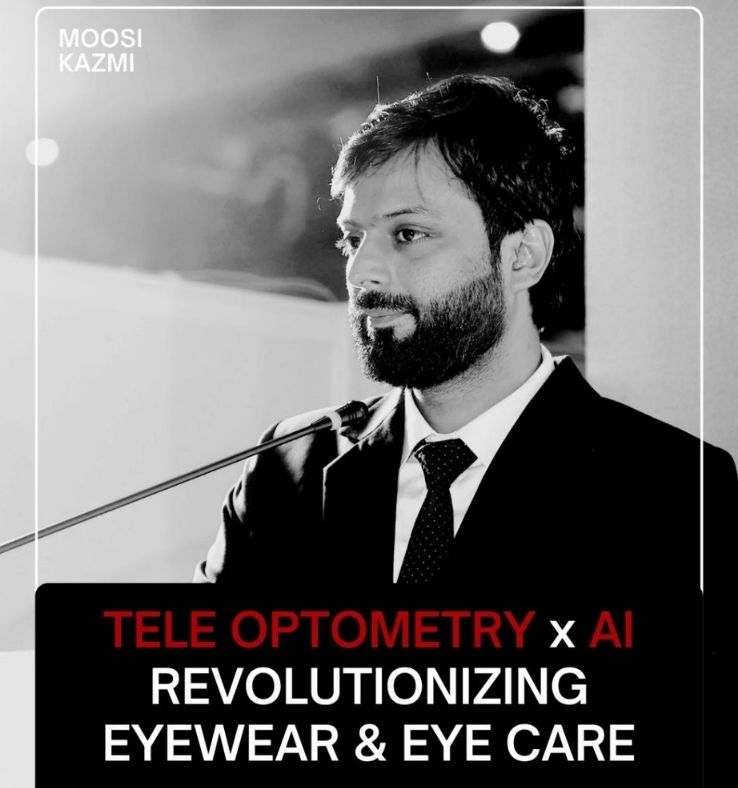
.jpg)
.jpg)
.jpg)
.jpg)
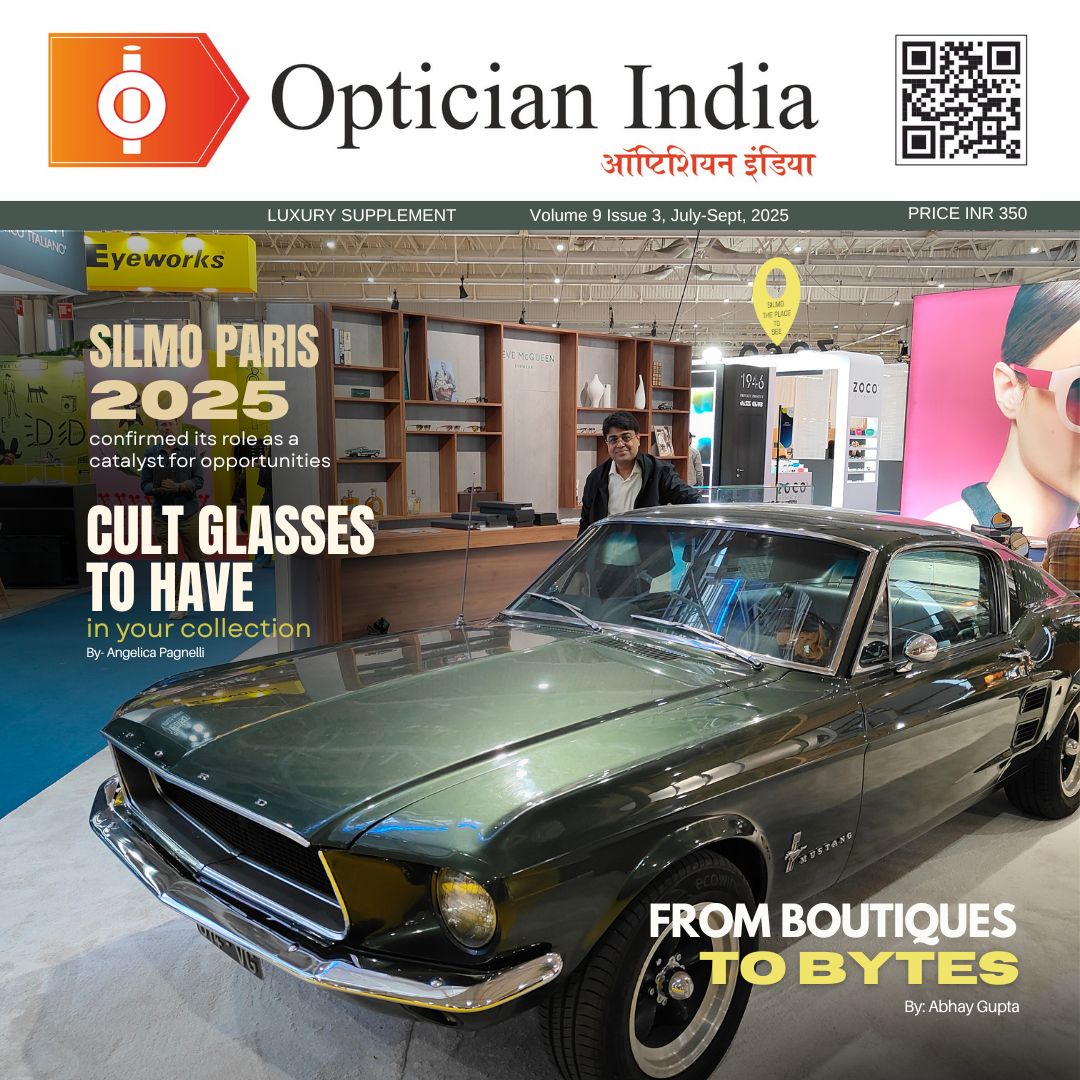

1.jpg)
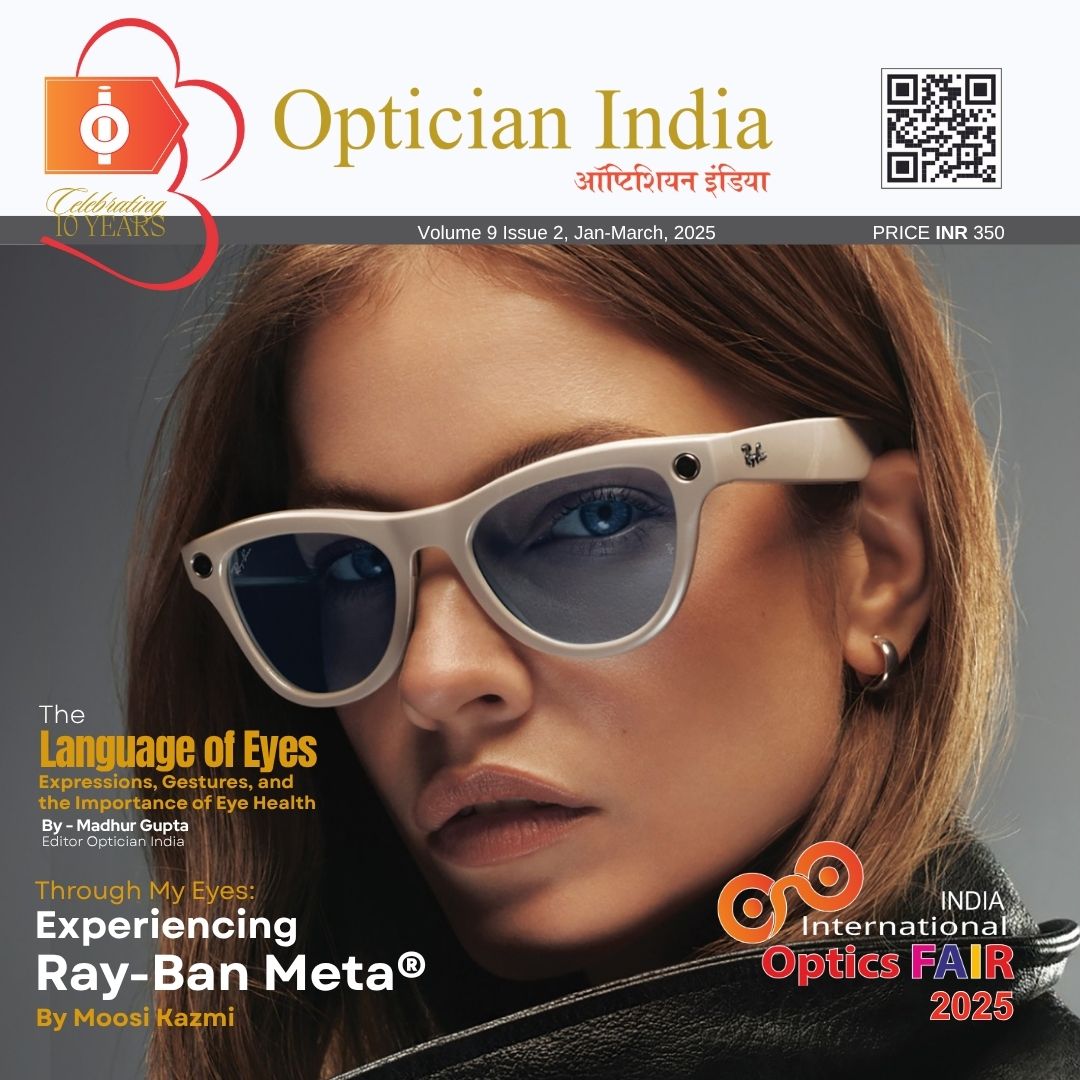


.jpg)
.jpg)

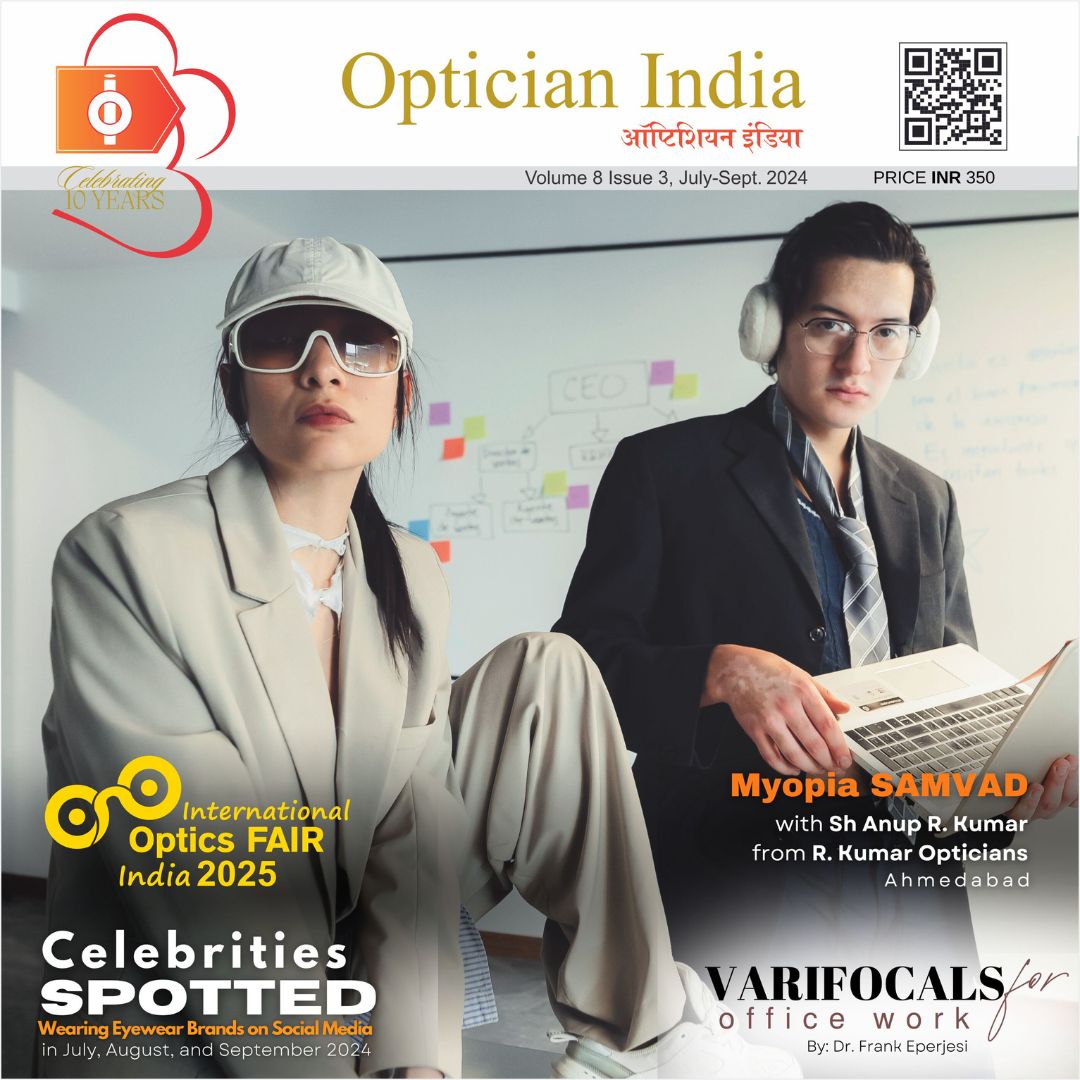

_(Instagram_Post).jpg)
.jpg)
_(1080_x_1080_px).jpg)


with_UP_Cabinet_Minister_Sh_Nand_Gopal_Gupta_at_OpticsFair_demonstrating_Refraction.jpg)
with_UP_Cabinet_Minister_Sh_Nand_Gopal_Gupta_at_OpticsFair_demonstrating_Refraction_(1).jpg)

.jpg)
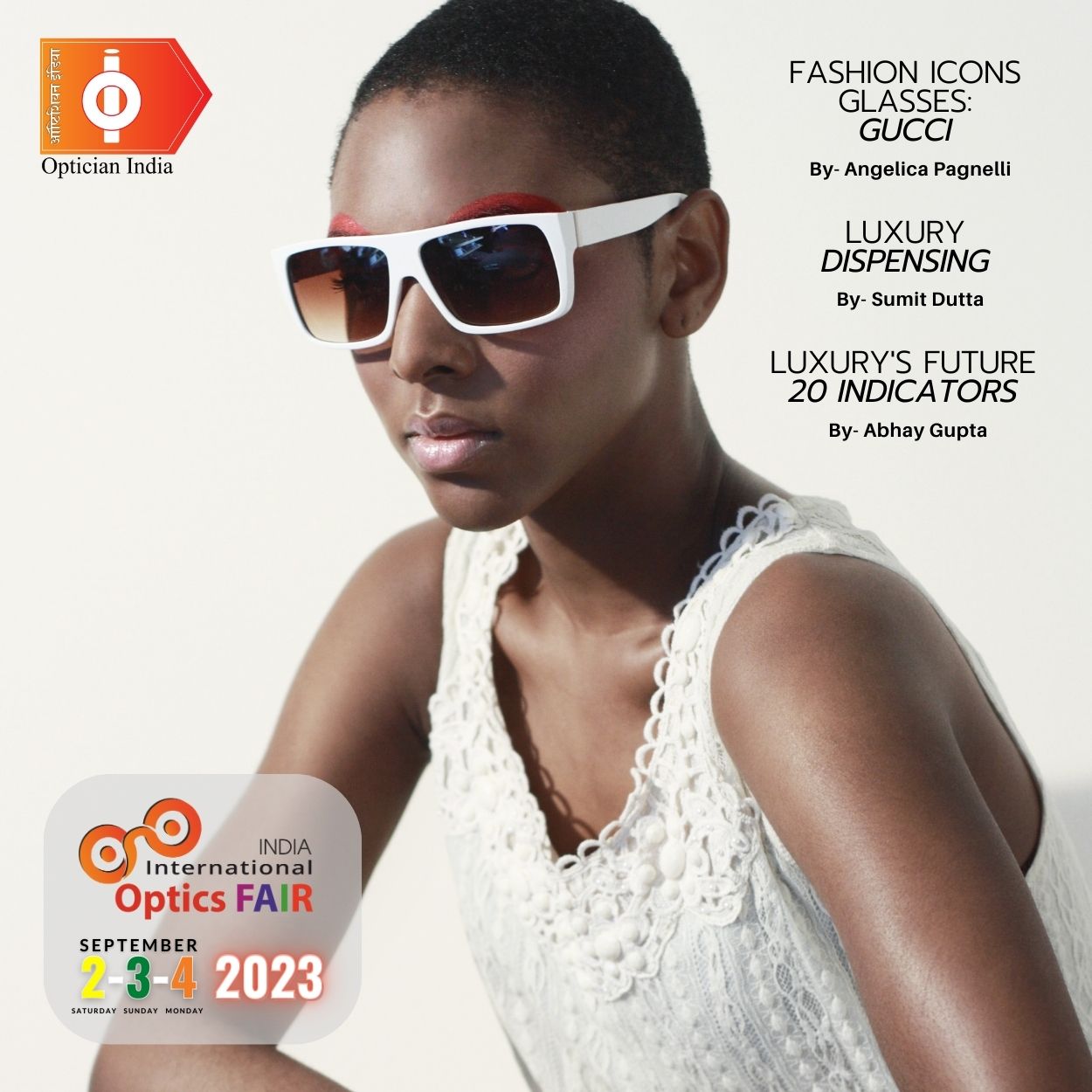


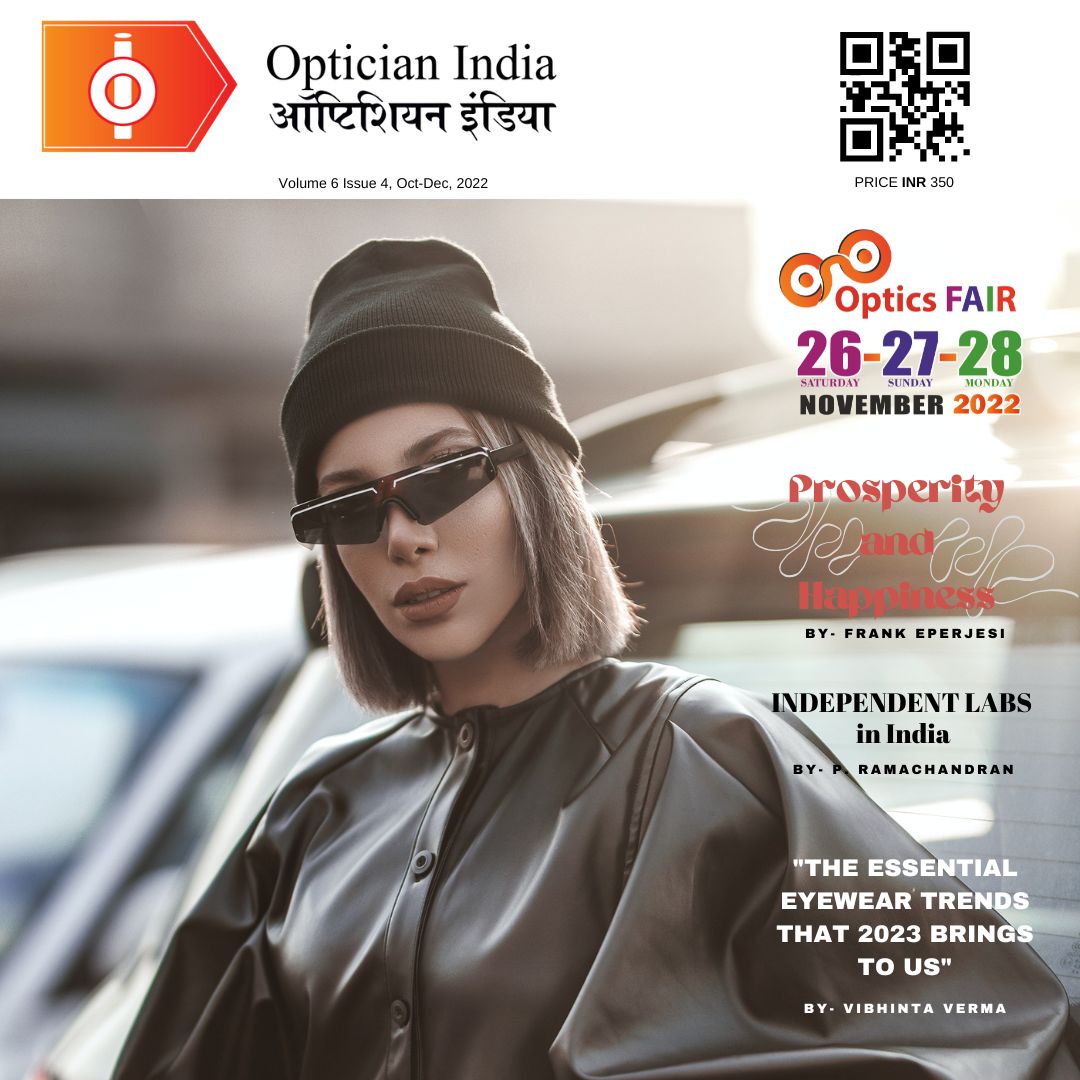

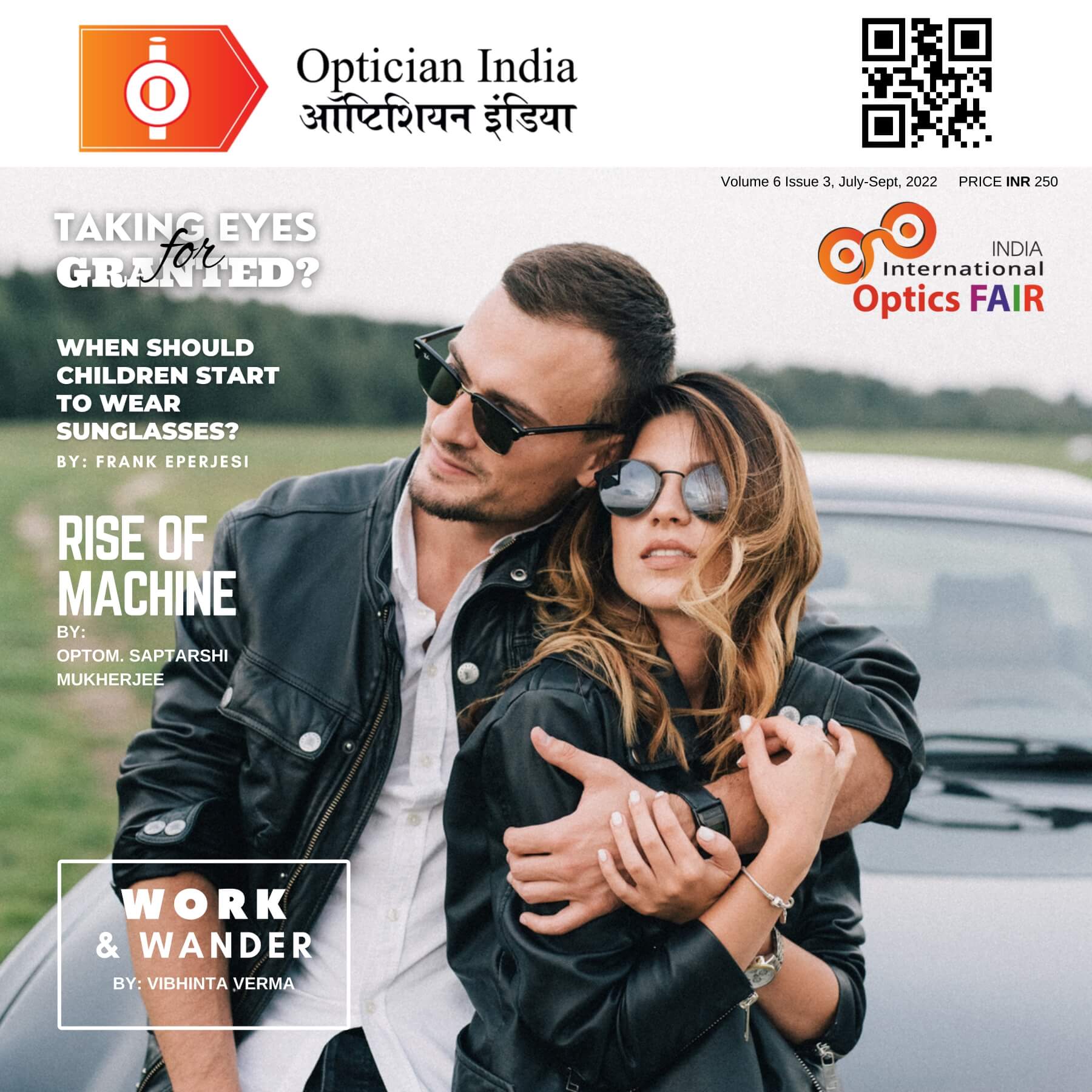
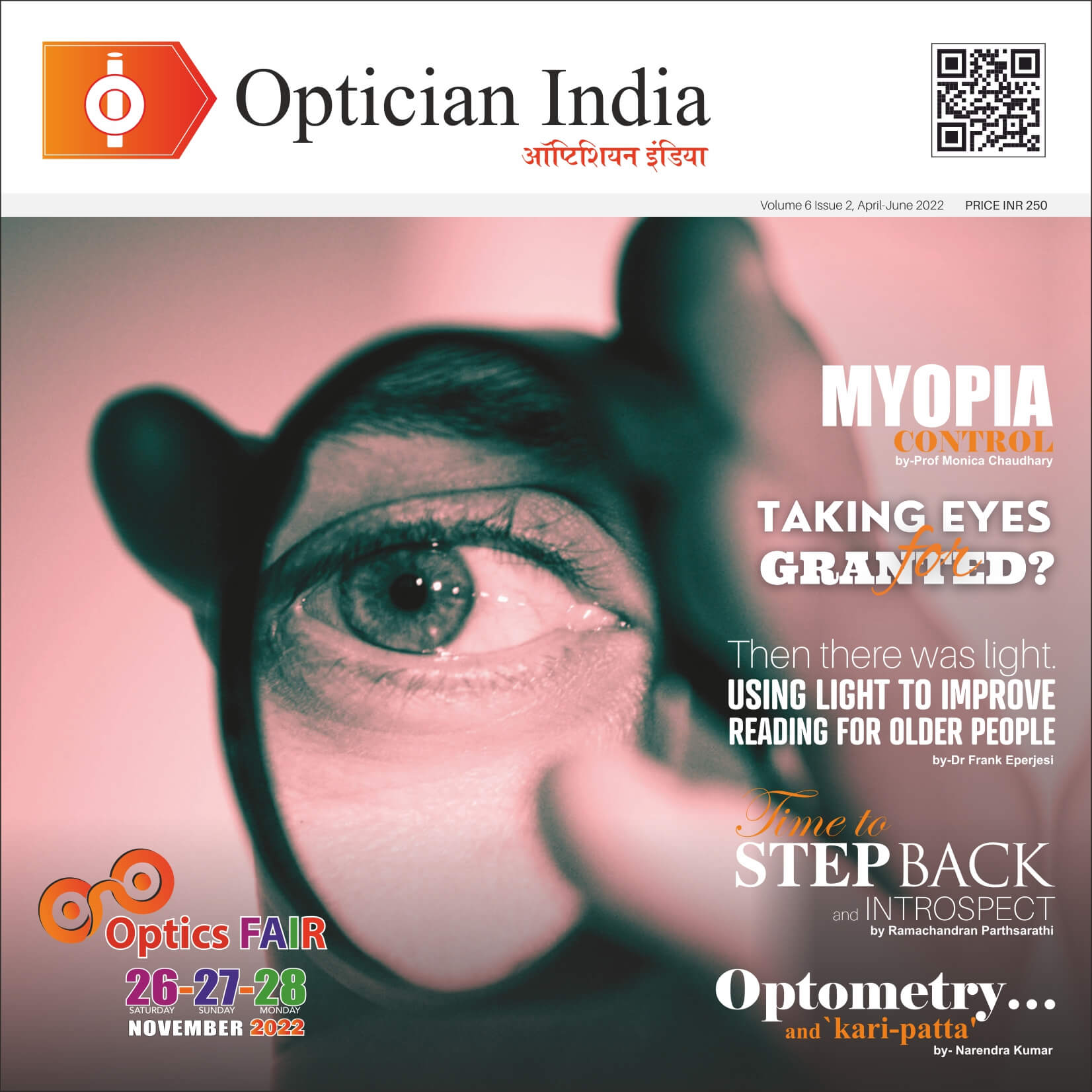
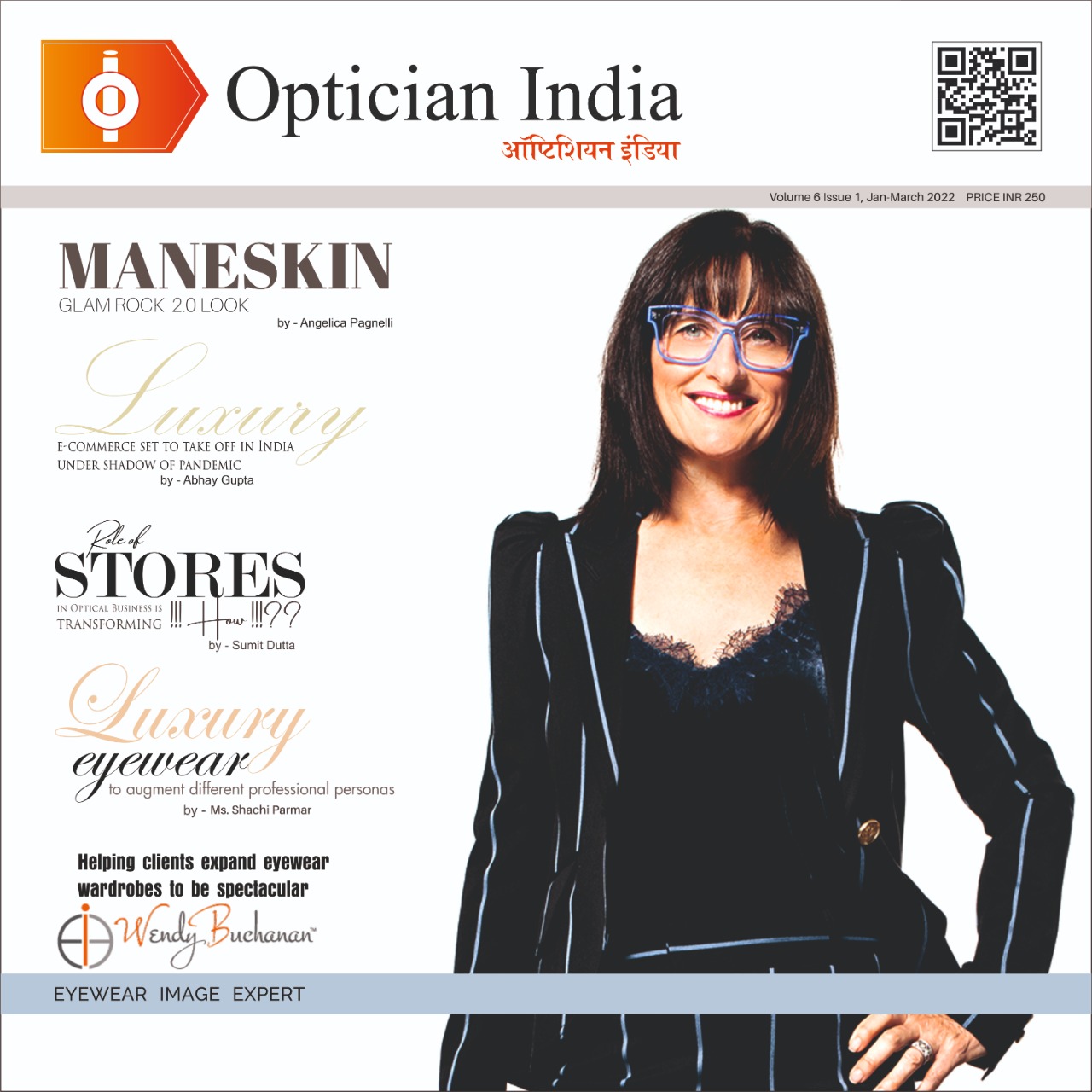
.jpg)
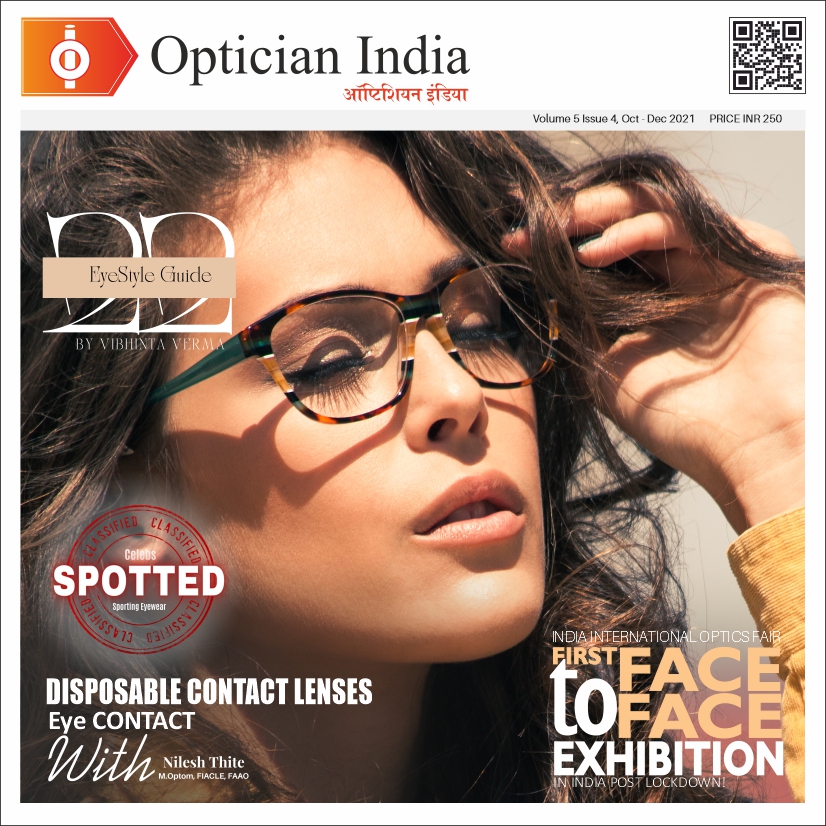
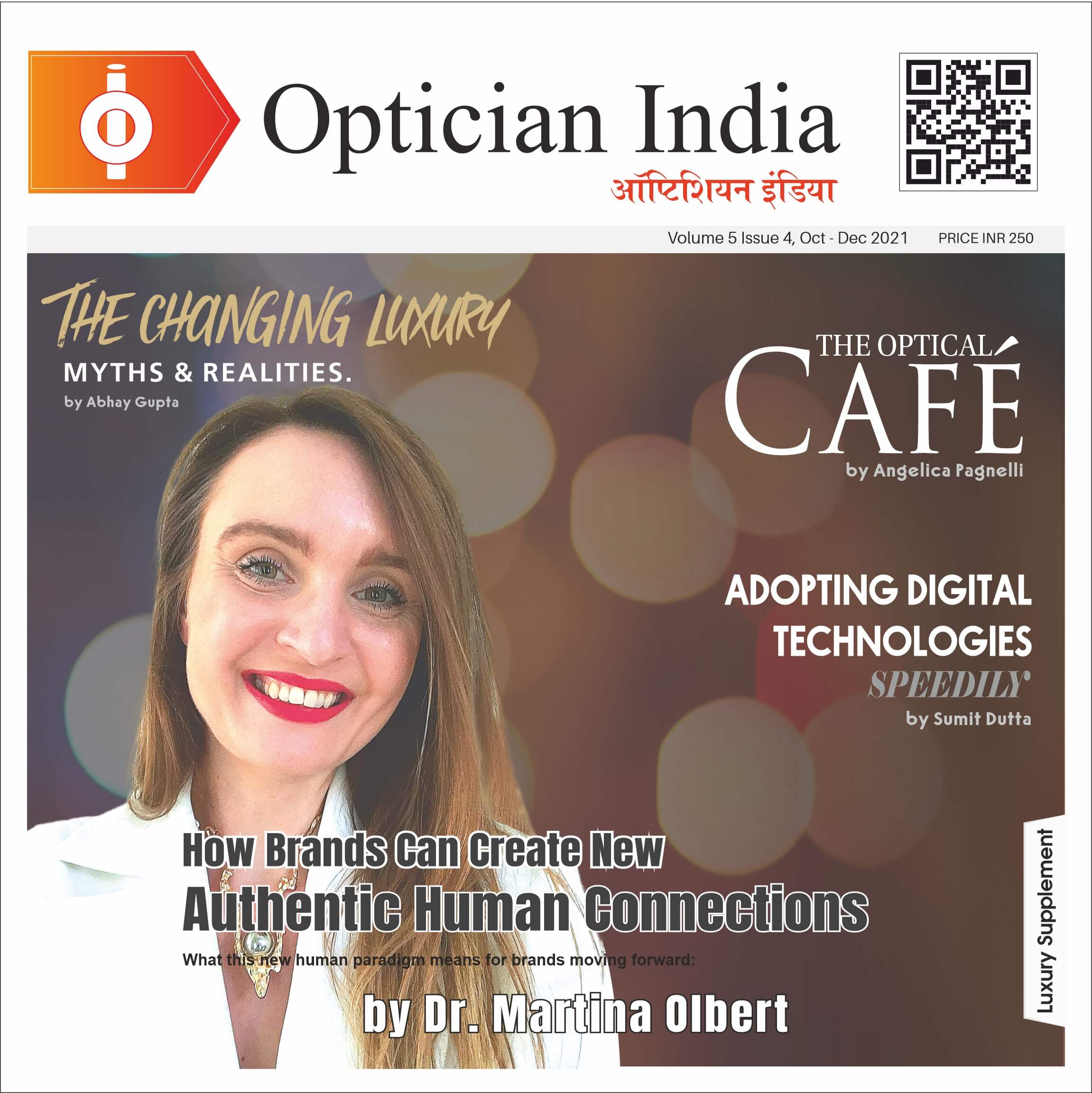
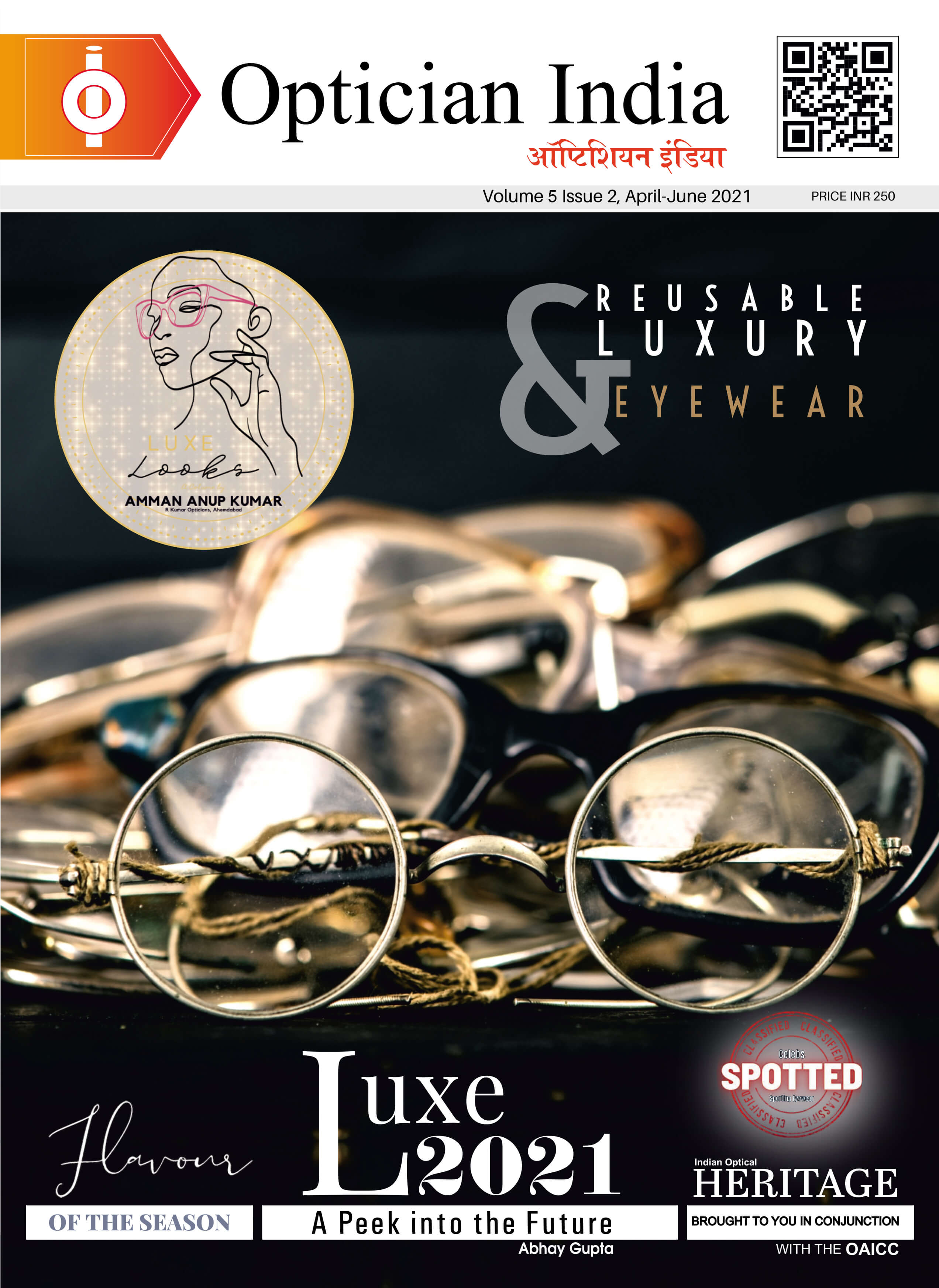
.png)
